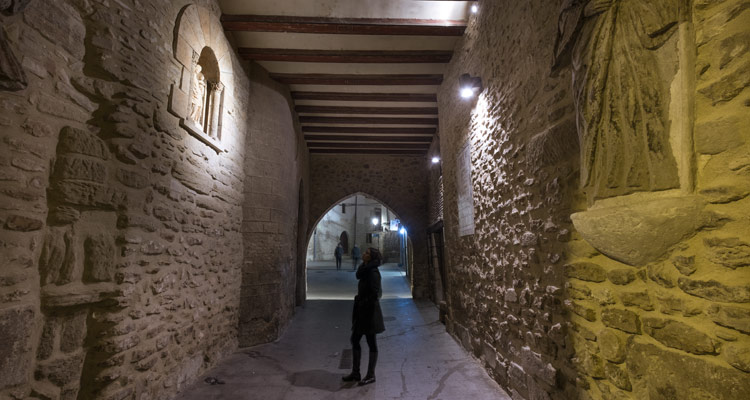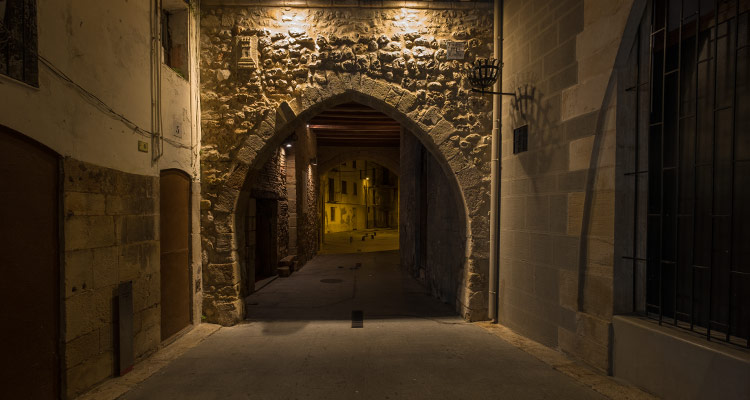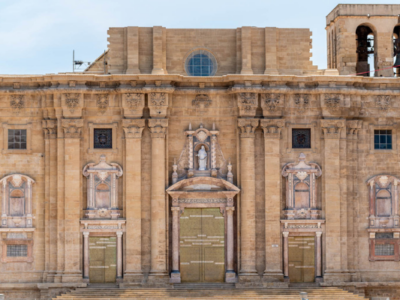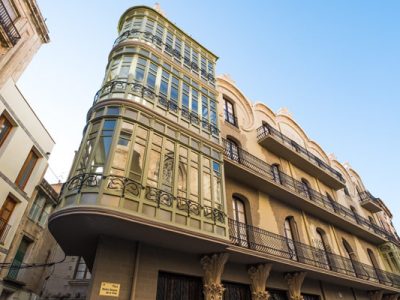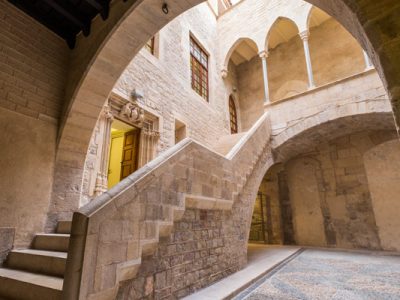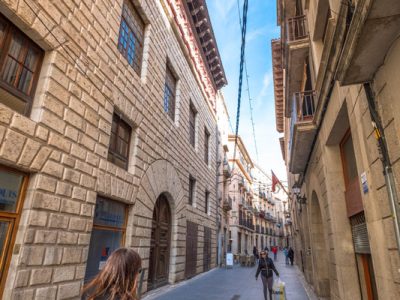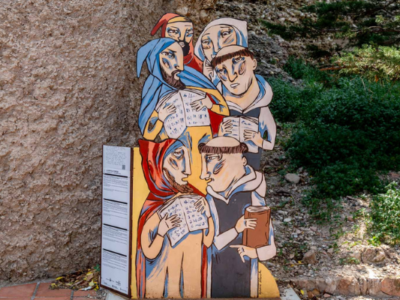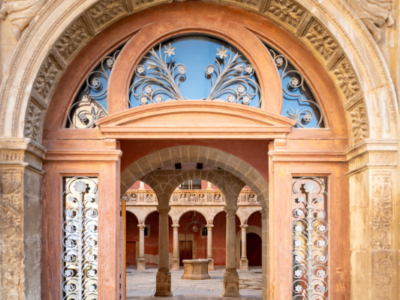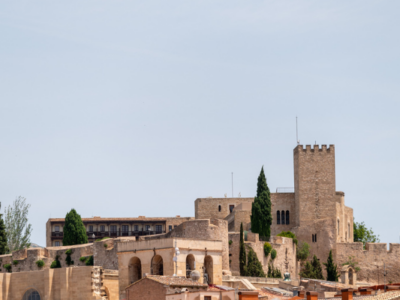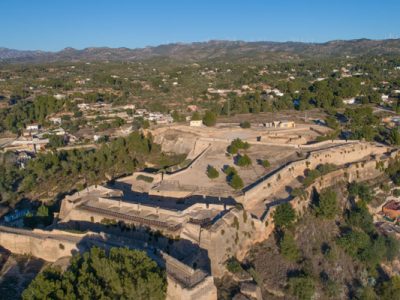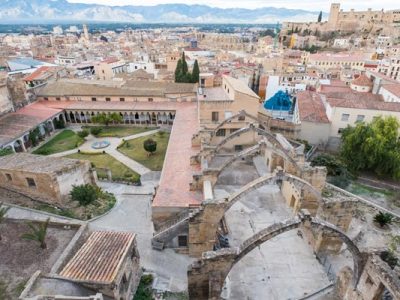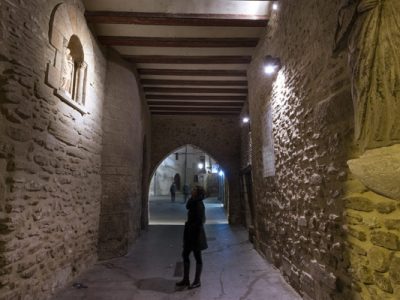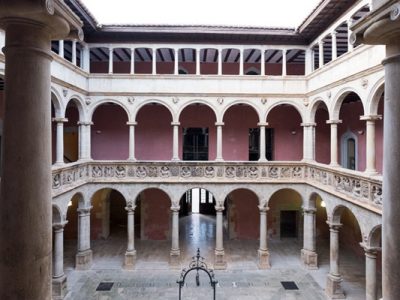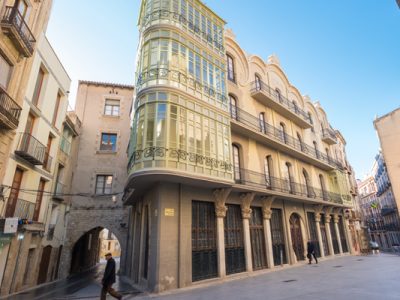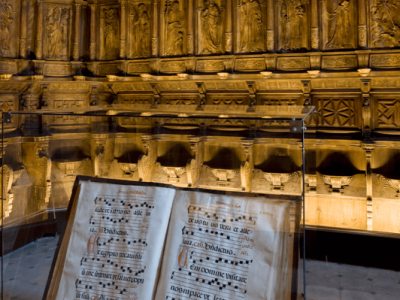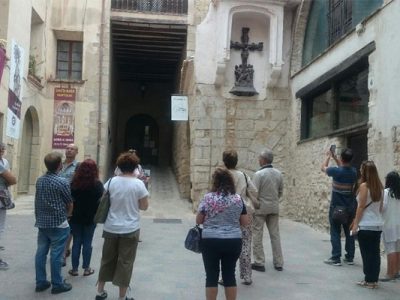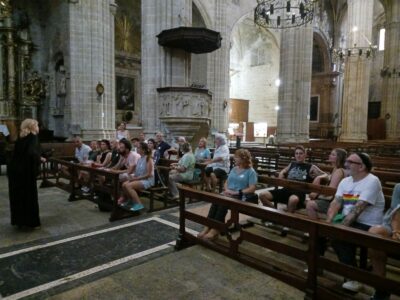Description
The Romeu gate, one of the most popular sights in the town, in the centre of the old quarter, is the only one of the interior gates of medieval Tortosa to survive, though it has been rebuilt on several occasions.
Recent studies have shown that the remains on which it stands are mediaeval, possibly Islamic, rather than Roman, as had been believed. Traditionally it was believed that the route from the Ebro to Sant Jaume passed through it. A mediaeval legend written down in the 16th century by Cristòfol Despuig told that the town was defended by its women against an attempt by the Saracens to recapture it. The women received the valuable help of a pilgrim, identified with Saint James the Apostle.
The symbols depicted at the gate also add to this legend. They are dominated by two large reliefs of Saint James and Saint Christopher, carved in the 18th century, though a portrayal of the latter saint was recorded as far back as the 14th century. The choice of saint may be related to the fact that he was connected with the safe crossing of streams and watercourses (the watercourse of El Vall runs just opposite; it is now covered, but for centuries it was crossed by a wooden bridge).
